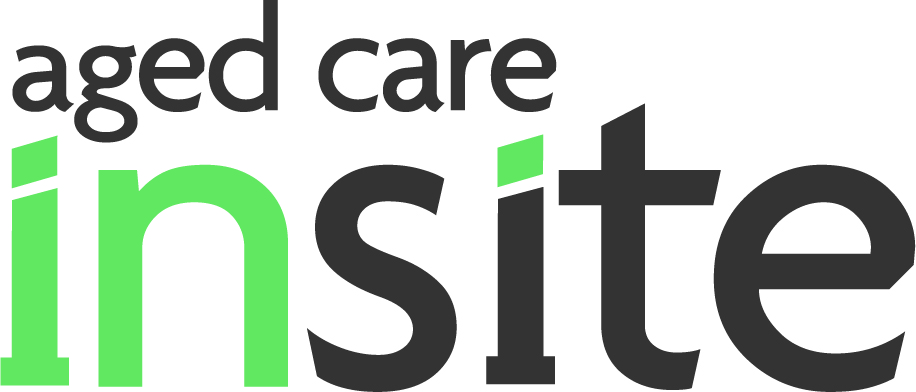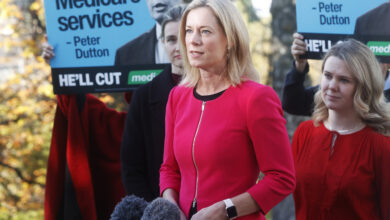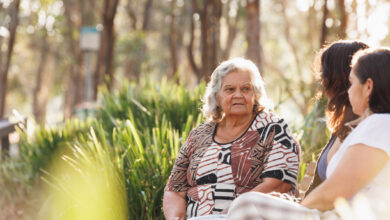Residential aged care needs to get honest about voluntary assisted dying
Go Gentle Australia is urging aged care providers to be upfront about access to VAD in their facilities
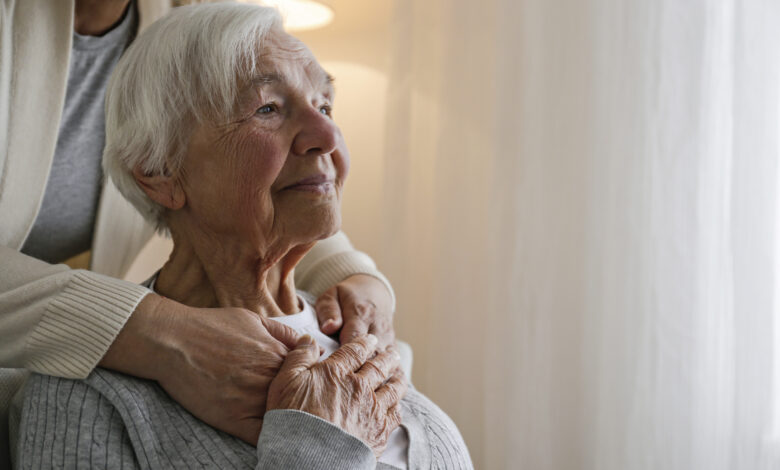
“If I choose voluntary assisted dying, will my choice be supported and respected?”
It’s an important question for many older people living in residential aged care, or thinking of making the move. Unfortunately, new research from Go Gentle Australia shows it’s often hard to get a straight answer.
Voluntary assisted dying (VAD) is an end-of-life choice that allows a dying person who is suffering intolerably to apply for help from health professionals to end their life, subject to strict eligibility criteria. More than 8,000 people have applied for VAD since the first law was implemented in Victoria in 2019.
However, of the 72 aged care providers we surveyed across Australia, 70 per cent do not provide any information to the public about VAD access in their facilities; even though VAD is a legal choice in every state and, from November 2025, in the ACT.
What’s more, where VAD information is published, half is of poor quality. Either it’s not written in clear language, it’s inaccurate or out of date, and/or it’s hard to find.
This is not good enough. Older people have a legal right to know their options at the end of life, including VAD, so they can make informed choices about their care. And they have a right to this information before they choose the facility that will become their home.
What’s more, 85 per cent of the providers surveyed are either explicit in their refusal to support VAD access on their premises, or do not tell consumers one way or the other. Finding out too late that your provider will not support your VAD choice can have disastrous consequences for the individuals, families and health care professionals involved.
Take Colin, for example, whose Victorian Catholic aged care facility refused entry to the VAD Care Navigators who were delivering his VAD medication and waited nine days to tell him, all the while leaving him at risk of a fatal bowel obstruction. In the end, they instructed Colin to leave the aged care home, and sent him to the Royal Melbourne Hospital where he knew no one. He received the VAD medication the next day and took it within two hours.
Margaret, also in a Victorian Catholic aged care facility, feared staff’s reactions to her VAD choice and snuck out of the facility to another where she knew her choice would be accepted and respected.
“We didn’t tell any of the nursing staff we were planning to do this because Mum was absolutely terrified that somebody would stop her,” Margaret’s daughter Lisa told us.
“It was a rush to get Mum out of there before anybody asked too many questions. It was very stressful, and it would have been much easier to have done it just at the nursing home.”

A failure to engage with VAD is not isolated to Catholic providers; it is endemic across the aged care sector. The providers in this research make up 70 per cent of residential aged care in Australia, providing 130,000 beds between them.
Our report, Voluntary Assisted Dying in Residential Aged Care Homes: A National report card, finds a widespread reluctance to give VAD the same support and importance as other end-of-life choices, adding to the stigma faced by people who choose VAD, their families, and the health professionals providing their care.
Some, however, do respect patient choice. Uniting ACT.NSW and OneCare Tasmania are two of four in the report to provide both comprehensive public information and full VAD access, and feature in the report as best-practice examples.
Our intention in publishing these findings is to encourage and support providers to bridge the gap between their obligations to their residents and what happens in reality.
We’re pleased to say our research has already prompted improvements, with some providers updating their information after our enquiries.
To assist providers to develop or improve their public VAD resources we have included in the report a template for VAD information and further resources that busy providers can use as a starting point.
We have chosen not to publish provider names in this first report, recognising the sector is undergoing change and providers may need time to respond. However it should be noted that in several jurisdictions it has been many years since VAD became a legal end-of-life choice.
Nonetheless, we will repeat our research within a year. At this time, all providers and results will be made public. A consumer tool will also be developed to help older people compare providers by understanding the end-of-life care they offer.
A person’s right to access VAD is the same, no matter where they call home.
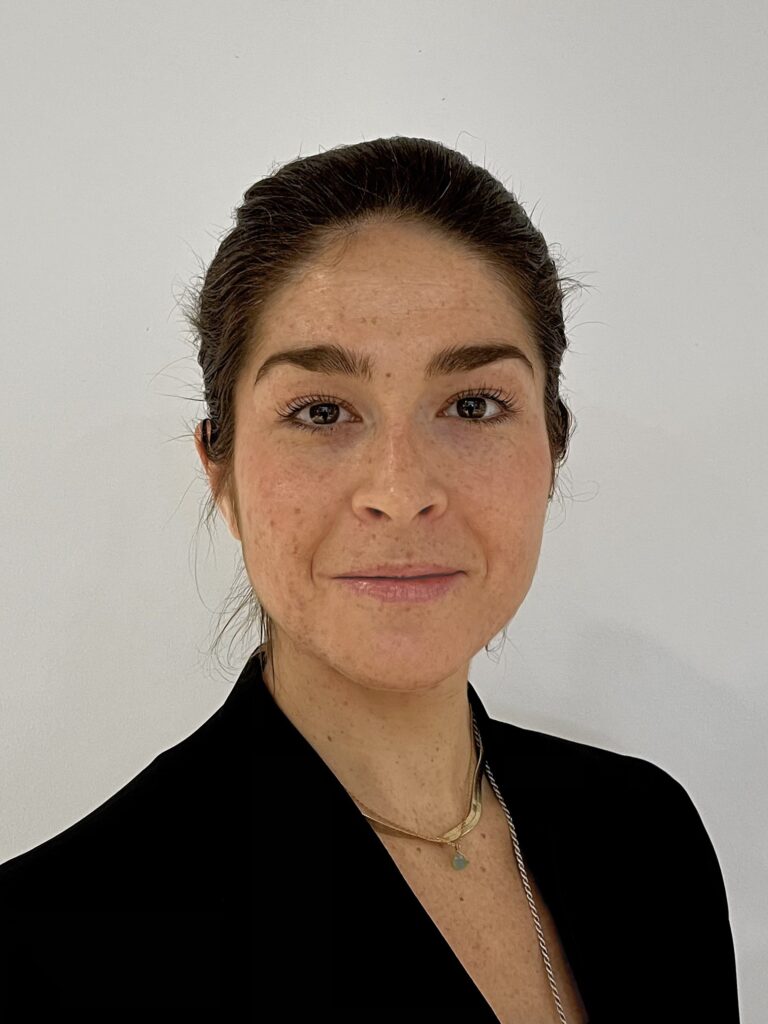
Frankie Bennett is manager of Policy and Advocacy at Go Gentle Australia.
Go Gentle was founded in 2016 by broadcaster Andrew Denton. It is a national charity that promotes and enables choice at the end of life, including the option of voluntary assisted dying.
Voluntary Assisted Dying in Residential Aged Care Homes: A National report card, by Go Gentle Australia in partnership with OPAN.
Email: [email protected]
